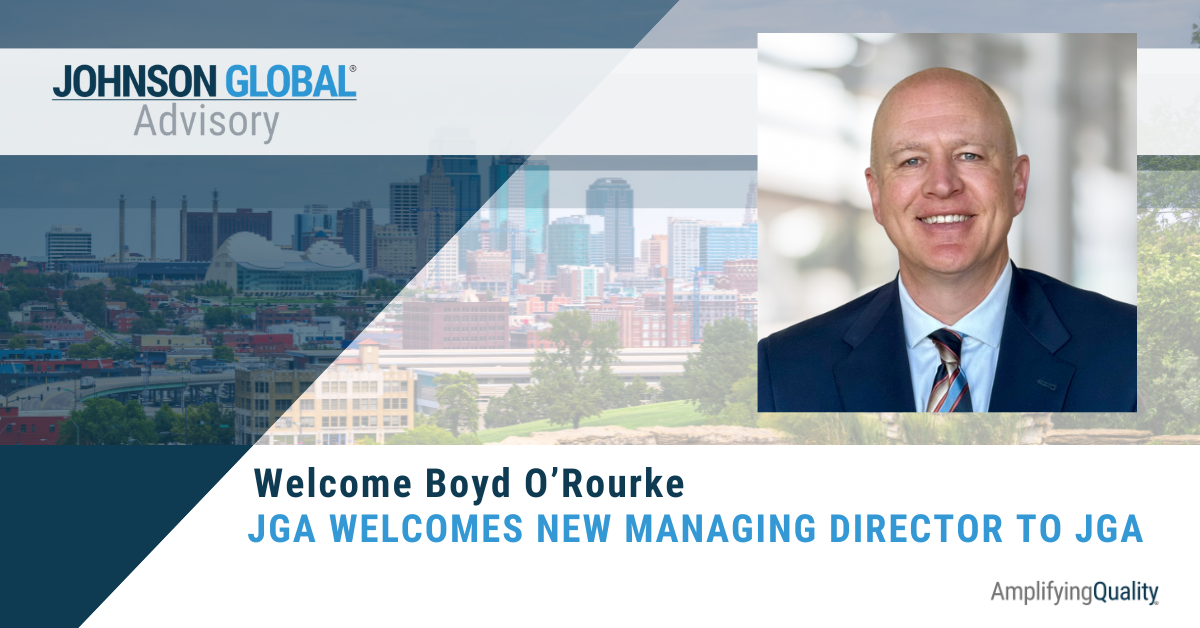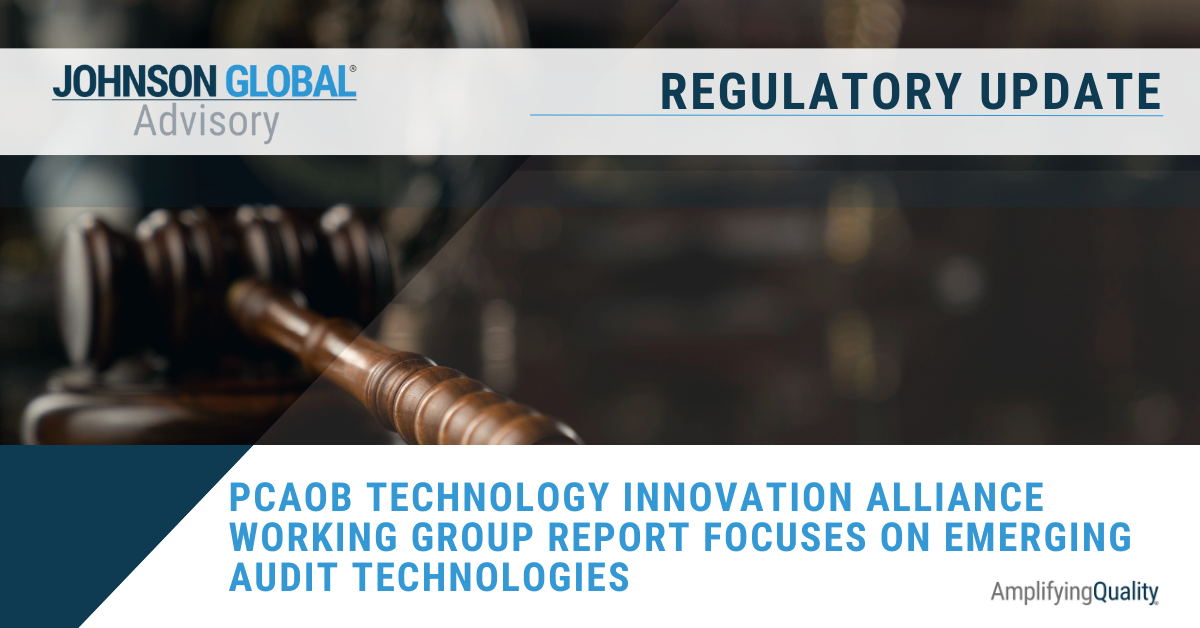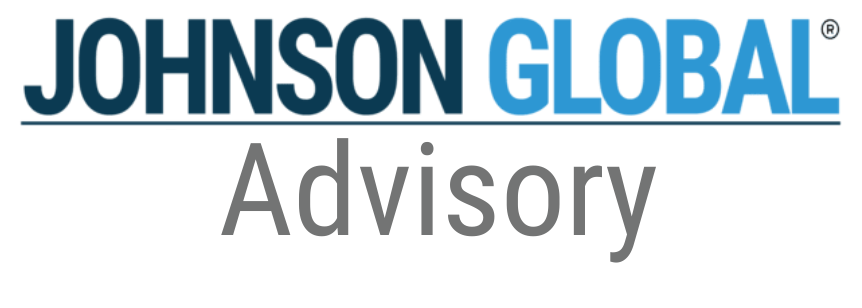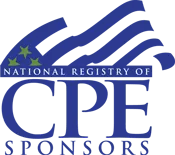PCAOB AS 2901 Procedures and Remediation: Observations and Tips for a Positive Result
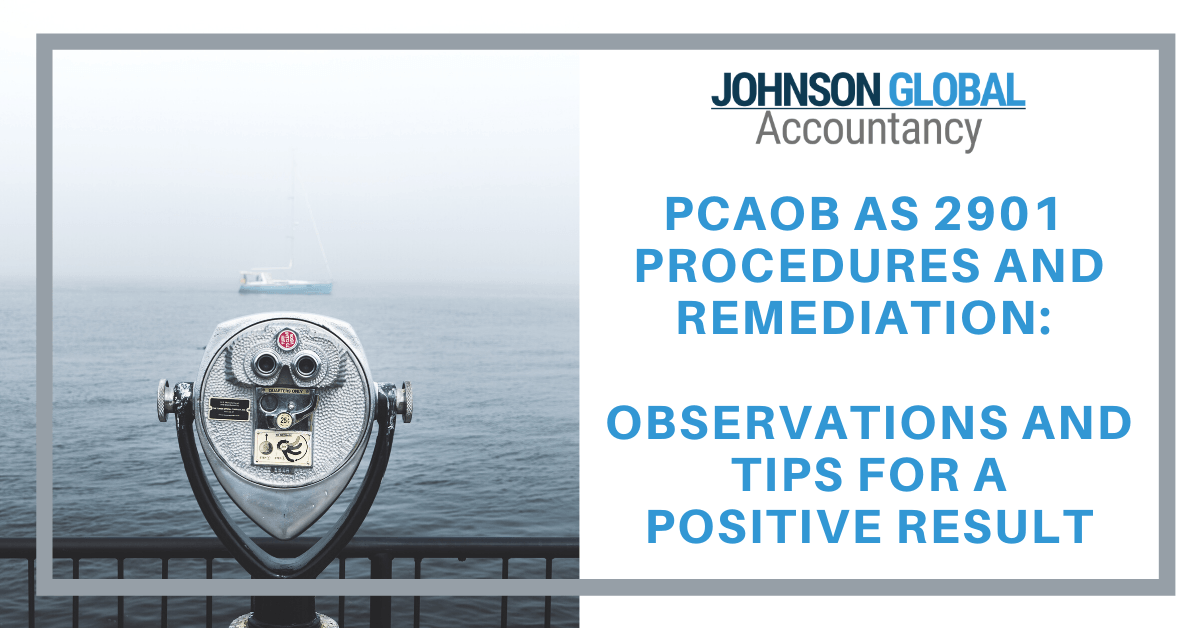
For some of you – particularly annually-inspected firms – remediation is a perpetual exercise. Whether that is to remediate findings from a PCAOB inspection, internal inspection, pre-issuance reviews, or AICPA peer review, remediation seems to be trending toward an ongoing activity, even for triennially-inspection firms. There are so many data points to draw from that the task and feelings of continuously assessing, addressing, and reassessing risks in QC can be overwhelming.
Among all of the data points to draw from, the results from the PCAOB inspection seems to draw the most attention and the call to action, both internally and externally. Perhaps this is because the sufficiency of the steps taken are determined by an external party (the regulator), and, if determined by the PCAOB to be unsatisfactory, those aspects of the inspection report become public.
To this end, we have a vested interest in helping our clients to identify the procedures necessary to supplement the audit work under PCAOB AS 2901, Consideration of Omitted Procedures After the Report Date, and AS 2905, Subsequent Discovery of Facts Existing at the Date of the Auditor’s Report, and to remediate PCAOB inspection deficiencies in a timely and sufficient manner. We view these efforts as not just a regulatory exercise, but also a path to meaningful and continuous quality improvement.
While each situation is different, there are several observations that we consistently see for firms as they go through the remediation process. Here are the ones that really stand out:
1. Incorporate preliminary root cause discussions during 2901 procedures to identify remedial actions that are laser-focused on the issues.
Get started and get started early.
In my experience, developing the remediation plan starts with 2901/2905 procedures. Based on deficiencies identified during the inspection process, this is where engagement teams determine that they may have fallen short in the procedures performed. At this juncture, in addition to advising on the approach and sufficiency of the 2901 procedures, we help our clients determine why the shortcoming(s) occurred in the first place. Root cause analysis (RCA”) can and should start here. We have found that starting an RCA concurrent with 2901 procedures will help drive:
- What to do to remediate that particular audit, and
- What may need further study into a firm’s training, methodology, and other aspects of the system of quality control.
In addition to collecting feedback from the engagement team while it is still fresh, a complete RCA must include input from individuals outside of the engagement team.
2. 2901 procedures may still be necessary if the Firm disagrees with the issues in the comment form.
This is a tough conversation to have when the engagement team may stand firmly by their view that the original procedures performed in the audit were sufficient or that this was simply a “documentation issue.” I’m here to tell you that, if the issue makes the report, the engagement team’s view will not be shared by everyone. However, the approach on 2901 for deficiencies related solely to ICFR may need to be reconsidered since the period to evaluate design and operating effectiveness has passed.
3. Ensure your training plan is relevant to the deficiencies.
Carefully review the relevance of trainings you intend to implement to respond to audit-related criticisms. We have found that many off-the-shelf trainings initially identified by firms to address criticisms are more accounting in nature, while the issues identified by the PCAOB are audit-related. Consider whether these trainings are appropriate or if a more tailored, issue-specific, and audit-focused training might be more relevant to avoid unnecessary feedback from remediation staff advising and forcing the firm back to the drawing board on their training plan.
4. The tried-and-true guidance is still important.
The PCAOB Staff Guidance from November 18, 2013 is still very much applicable. It’s important to step back and think critically about whether the actions you plan to take address each of the criteria that remediation staff use to measure effectiveness. Here, I’d like to highlight a few of the criteria and some observations that have required more careful consideration with our clients:
Change: Is the proposed action a change to the firm's system of quality control from what was in place at the time of the quality control criticism? This gets tougher for subsequent inspections where the inspection team identifies similar findings. The bar is raised for a meaningful change when the same types of issues bubble up again in the next inspection. Firms need to be creative in these situations to devise a workable plan with sufficient change.
Relevance: Is the remedial step responsive to and does it specifically address the quality control criticism described in the inspection report? Remember to stick to the issues, including the standards references, when determining what steps to take. This is particularly true with regard to training.
Implementation, Execution and Effectiveness: To what extent was the remedial step put in operation by the close of the 12-month remediation period and has it achieved the expected results? What about when the remediation period overlaps with the next inspection, and the subsequent inspection identifies deficiencies that may point to ineffective remedial actions? We have found that concluding on effectiveness can be tricky when there is another inspection underway. We have run into several cases with this fact pattern. This, coupled with the risk of repeat findings, requires careful planning, analysis of the timeline, and communication with remediation staff.
The earlier firms start to dig deeper to (i) acknowledge the issue, (ii) understand why it occurred, and (iii) how to remediate, the sooner subsequent audit deficiencies can be prevented. Having a thoughtful plan in place will help reduce recurring deficiencies and promote audit effectiveness.
Jackson Johnson is president of Johnson Global Accountancy, a public accounting and consulting firm with clients throughout the world. He works directly with PCAOB-registered accounting firms and other firms to help them identify, develop, and implement opportunities to improve audit quality. He also works with public and private companies on various technical accounting and transactional matters. Johnson's experience includes nearly six years with the PCAOB, where he worked with small and medium-sized accounting firms throughout the world, including foreign affiliates of large international accounting firms, in the areas of firm quality control and ICFR audits of financial statements. Prior to the PCAOB, Johnson worked with public and private clients in a variety of industries at Grant Thornton LLP in Boston, Los Angeles, and Hong Kong. He is a Certified Public Accountant in California and Massachusetts and is a member of the American Institute of Certified Public Accountants. He is a graduate of Boston University's Questrom School of Business. Learn more about Jackson and the rest of the JGA team at Team Page.

